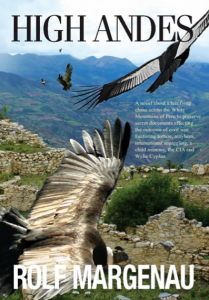 High Andes is an international thriller with an ambitious and beautiful setting across times. The third book in the Wylie Cypher series, Rolf Margenau’s adventure follows Cypher through his “midlife crisis”, his marriage crumbling and his mind set on a trek across the White Mountains of Peru (the Cordillera Blanca) with his daughter, Mercy, stumbling into the depths of the effects of Peruvian socio-economic collapse in the 1980s as they weave the Inca trails, and unwittingly, a life and death case of espionage and smuggling with the CIA thrown in for good measure, as an exciting chase takes place to conceal secret documents and civil war breaks.
High Andes is an international thriller with an ambitious and beautiful setting across times. The third book in the Wylie Cypher series, Rolf Margenau’s adventure follows Cypher through his “midlife crisis”, his marriage crumbling and his mind set on a trek across the White Mountains of Peru (the Cordillera Blanca) with his daughter, Mercy, stumbling into the depths of the effects of Peruvian socio-economic collapse in the 1980s as they weave the Inca trails, and unwittingly, a life and death case of espionage and smuggling with the CIA thrown in for good measure, as an exciting chase takes place to conceal secret documents and civil war breaks.
This is a thriller with a difference. Margenau makes it clear that his personal disillusion with the USA at the present time inspired him to examine a society in the past that veered toward imminent collapse due to similar circumstances faced in America today.
The book starts back in history, with a tale of Cocohuay, a four-year-old Inca girl who dies, and is being mummified for her funeral ritual in Peru. There is a plague that came with the white men, and it is killing the locals. This story is juxtaposed with the present 1980s, where Gaspar, a modern Inca is still dealing with the white man and the trials of the landscape, such as avalanches and mining for metals.
And then onto Wylie, struggling for sexual satisfaction with his wife Mavis. A business dinner in London seals a deal to assist a client with Peruvian antiquities, and leads to Wylie’s exit to Peru with his excited daughter in tow. Meanwhile, the mummy of Cocohuay is found when Gaspar goes walking…but is it cursed? Maybe it’s time to pass it on for some money to a wealthy dealer…
This is an incredibly rich book that demands an intense and fully engaged reader, which is totally wonderful for a change. Descriptions of landscapes with colors and poetry are woven skillfully into a breathing painting in the mind: Words cluster into image, sound and emotion effortlessly. Characters are beautifully formed, with relationships and full knowledge of the worlds they live in, with details such as herbs, traditions, foods and survival techniques all properly researched and tidily described by Margenau. It’s obvious Margenau lived through these experiences, because these descriptions thrive on the page as living touchstones passed from writer to reader. It’s glorious.
The editing is also very well executed, and is a great example of exactly why it is essential to reach out for a professional before self-publishing. But I am not sold on the choice of dialogue style at all. Instead of using traditional speech marks for dialogue, the author has chosen (it must be a style choice with such an accomplished edit) to use “–” to denote speech. I found this painful to my eyes, and had to train myself to recognize this as dialogue, and it rather spoiled the flow of the page each time. It didn’t ring as speech naturally enough, and removed me one layer out of the action at all times, because when reading it is necessary to form punctuation that isn’t there to end speech and acknowledge description has begun again.
However, this should not be a factor in picking up this book. It will enrich any reader’s vista of the world in a similar way that authors such as Louis de Bernières, Elizabeth Kostova and Jason Webster do with their writing, as well as having a flavor of those pulp men’s adventure stories from the 80s. This is the sort of original and intelligent book that is very difficult to stop reading once you start, as it bursts with action or interesting detail at every turn. I learned a great deal about Peruvian politics and history while I was entertained, and it’s one of those review books I keep after reading it. Recommended.
Review Overview
Design
Content
Editing
Get an Editorial Review | Get Amazon Sales & Reviews | Get Edited | Publish Your Book | Enter the SPR Book Awards | Other Marketing Services


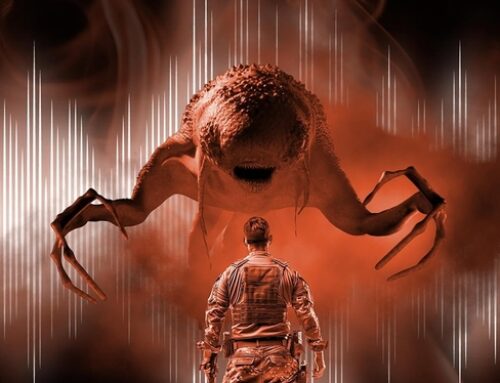
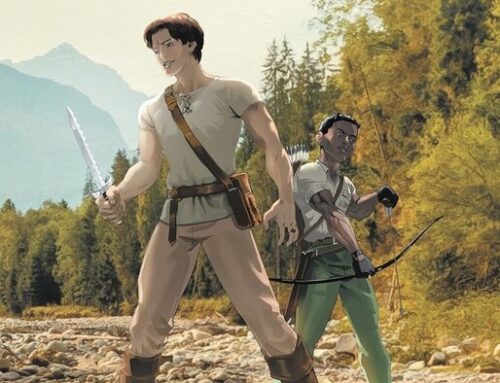
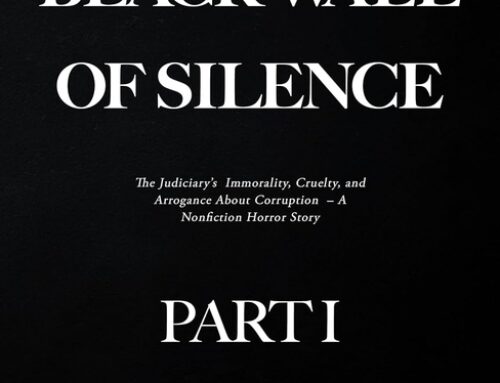
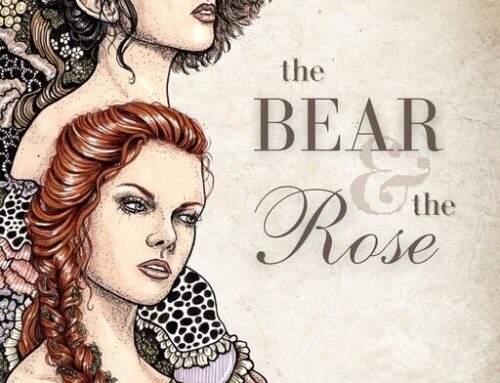
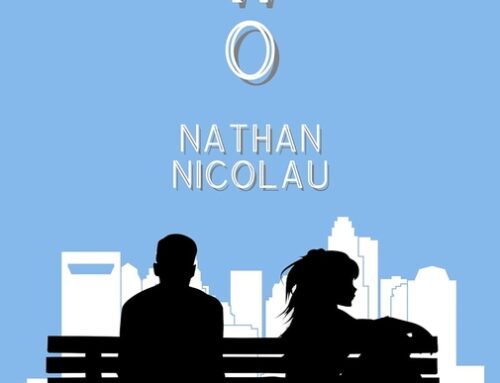















As the author of High Andes I want to explain about using em dashes instead of quotation marks in my novel. I regret that the reviewer took umbrage at this approach which, of course, is her right. The thing is, quotation marks are smarmy little things that Word occasionally screws up by putting beginning marks at the end of a quotation, or vice versa. The rules about the marks are arcane and non-intuitive. Why, for example, must a comma always precede an ending quotation mark? It is my firm belief that quotation marks were invented to hassle and slow down energetic writers.
Searching for precedent, I remembered that James Joyce also used dashes to precede dialog, and readers of Salman Rushdie have to figure out dialog without dashes OR quotation marks. In a way, em dashes are like little speed bumps on a page; the reader needs to slow down for a moment to appreciate the conversation among the characters. I don’t think that’s so bad.
That’s my story, and I’m sticking to it.
🙂